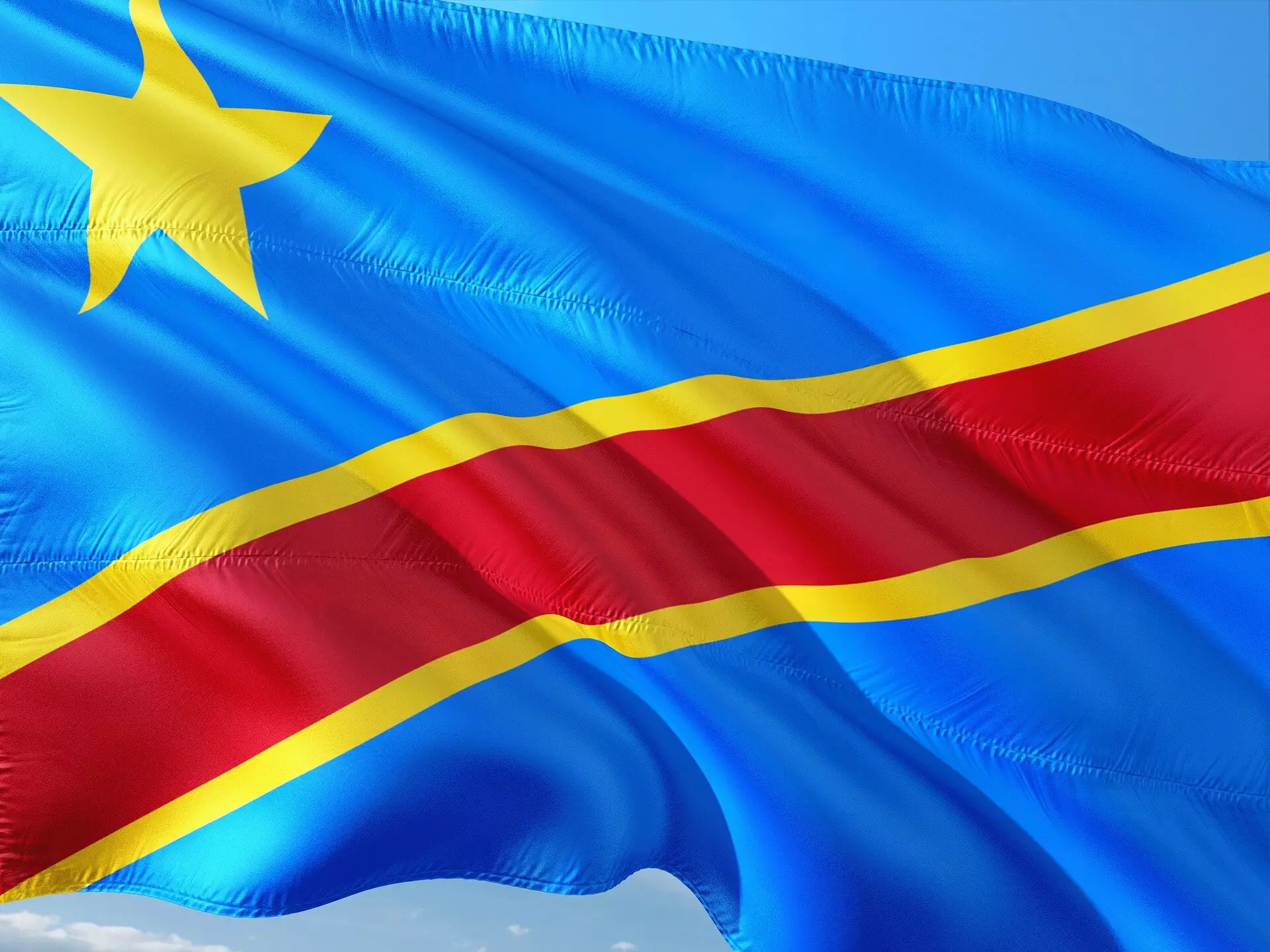The Democratic Republic of the Congo (DRC) is frequently characterized as a victim within the narrative of international exploitation, particularly in the arena of mineral extraction. The common portrayal simplifies the DRC to a mere supplier of critical resources such as cobalt, which is fundamental in the production of batteries for electric vehicles and other renewable technologies. However, new research reveals a nuanced perspective: the DRC is not just a passive player but an active influencer in the cobalt market. This article endeavors to unpack this complex dynamic and challenge the prevailing assumptions surrounding the DRC’s role in global energy transitions.
Cobalt’s significance in the renewable energy revolution cannot be overstated. As the world pivots towards electric transportation and other green technologies, cobalt stands out for its ability to enhance battery performance by preventing overheating. The very fabric of the electric vehicle market is woven with the threads of Congolese cobalt, which accounts for an astonishing 70% of global supply. Despite the DRC’s pivotal position, local communities continue to grapple with profound poverty—indeed, around 74% of the population lives below the poverty line. Clearly, there is a disconnect between the DRC’s wealth in resources and the economic reality for its citizens.
In examining the DRC’s governance structures, it becomes evident that the national and regional governments wield substantial control over mining policies. Decisions made in Kinshasa—or in cobalt-rich provinces like Lualaba resonate across international supply chains, emphasizing how political maneuvers can instantaneously impact global production levels. For instance, in 2022, the DRC’s government temporarily halted cobalt exports from the largest Chinese-owned mine over financial disputes, affecting a significant fraction of global cobalt production.
The dynamics of local governance also reflect this power. The appointment of politicians such as Fifi Masuka Saini, governor of Lualaba Province, illustrates how local political agendas can reshape relationships with foreign companies. Saini’s seizing of cobalt transport trucks from Chinese operators showcases a strategic maneuver aimed at realignment with new local governance. Such actions underscore that while the government may benefit from strategic contracts and higher taxes, the benefits seldom trickle down to the populace involved in cobalt extraction.
This interdependence between local politics and global supply chains raises questions about the effectiveness of policy-making. The DRC government’s push for a centralized purchasing company for artisanal cobalt was met with resistance from local provinces, highlighting the friction between local autonomy and national directives. This scenario demonstrates how complex interactions among regional leaders, community needs, and global corporate interests shape the cobalt supply narrative.
At the grassroots level, the reality for artisanal miners paints a grim picture. With more than 150,000 individuals toiling in hazardous conditions, the dangers they face are profound. Reports indicate that many miners are vulnerable to accidents such as collapses and exposure to harmful pollutants. Exploitation further complicates their situation; cooperatives often seize up to half of their earnings, enriching a few at the expense of many. Alarmingly, child labor is a distressing reality, with an estimated 40,000 children working under perilous conditions in these mines.
The exorbitant risks that artisanal miners undertake while providing cobalt cast a long shadow over the narrative of clean energy transitions. As the global demand for electric vehicles surges, attention to human rights and ethical sourcing must be pressed to the forefront of the discussion. It is no longer acceptable for the push for renewable energy to come at the expense of vulnerable populations.
The current global paradigm treats producer countries like the DRC merely as resource suppliers, glossing over the need for equitable collaboration. To foster a sustainable energy transition, countries in the Global North, such as the US and China, should pursue deeper partnerships with the DRC. This would involve not just sourcing materials but investing in local economies, creating jobs, and ensuring that a greater share of resource wealth benefits local populations.
One actionable strategy would be the development of localized supply chains that enhance domestic processing of cobalt. By increasing local added-value, countries like the DRC could not only strengthen their economies but also ensure that their citizens reap the benefits of their natural resources. Additionally, establishing fairer contracts with mining companies would represent a crucial step towards rectifying past grievances and ensuring long-term sustainability.
As the global transition to renewable energy accelerates, it is imperative that the voices of vulnerable populations like those in the DRC are amplified in the discourse surrounding cobalt extraction and use. The complexities of power dynamics, governance, and local agency necessitate a reevaluation of how we perceive resource-rich nations. The DRC has the means to shape global industries and must be recognized as a vital partner in the quest for a sustainable future. By addressing these issues with a critical lens, stakeholders can work collaboratively towards an inclusive and just energy transition.

